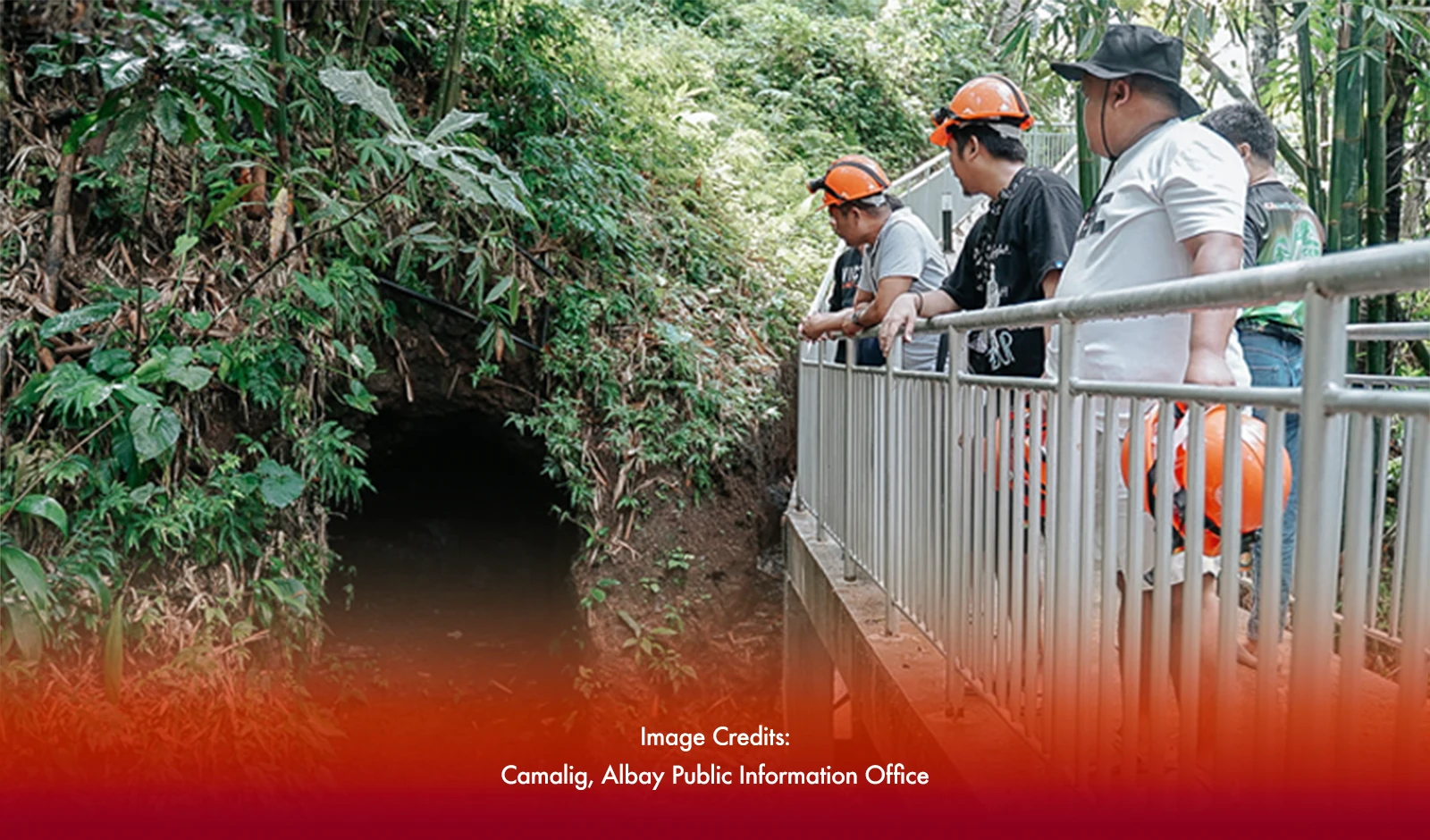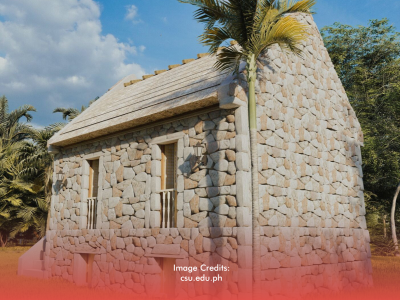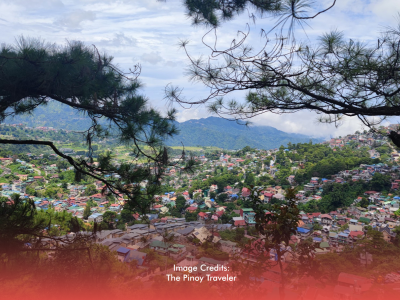The World War II Japanese tunnel at Quituinan Hill in Camalig, Albay is now open for tourists as it gears to be the new tourism booster in the municipality.
The tunnel, which is 35 meters long and two meters wide, was used as a stronghold by the Japanese Imperial Army when it occupied the Philippines in the 1940s.
The opening is expected to stimulate historical tourism in the town while providing additional revenues for the local communities.
“The opening of this historic site will bring about a significant increase in livelihood opportunities. We expect a boost in tourism, job creation, local product sales, business expansion, and agricultural growth. The economic activities in the area will increase,” said Camalig tourism spokesperson Tim Florence.
For environmental taxes and tourist registration, each visitor must pay a cost of PHP20. For groups of five or fewer, the maximum cost for tour guiding services is PHP 100.
The tunnel’s historical significance
The Japanese army constructed interconnected bunkers during World War II to protect themselves from aerial bombardment.
The Quituinan Hills were an ideal base site as they offered a clear view of the sea and the land. It is also high enough to keep adversaries at bay.
Up until 1945, when the Allied troops liberated the nation, Bicol guerilla troops resisted Japanese forces. Through the Treaty of Manila, the United States granted the Philippines independence on July 4, 1946.
More about Quinitan Hills
Across the street from the tunnels, Quituinan Hills is one of the best spots to see the perfect “cone-like” shape of the Mayon volcano.
It has also been used as a setting for movie tapings and has continued to be a popular destination for motorcycle tourists.
Often, locals and tourists enjoy kite flying, picnics, and horseback riding in the area.
"Camalig is committed to preserving and promoting its cultural and historical sites, with the end goal of further increasing tourist visits and revenue, which will, in turn, enhance the provision of basic services for the Camaligueños," Florece said.








